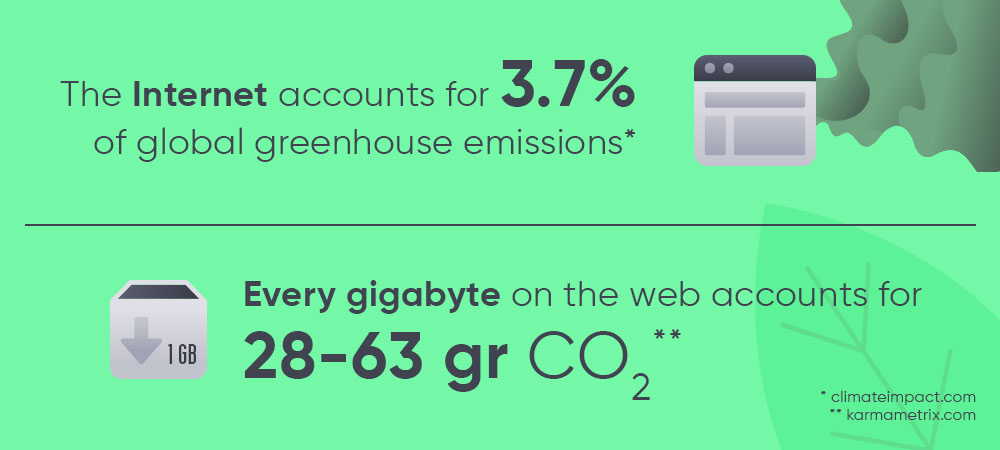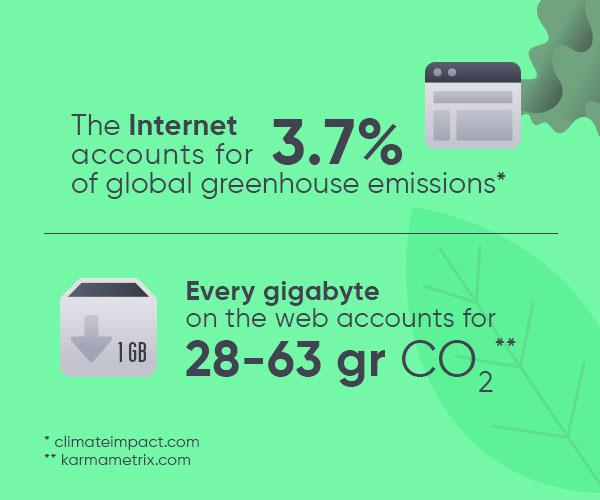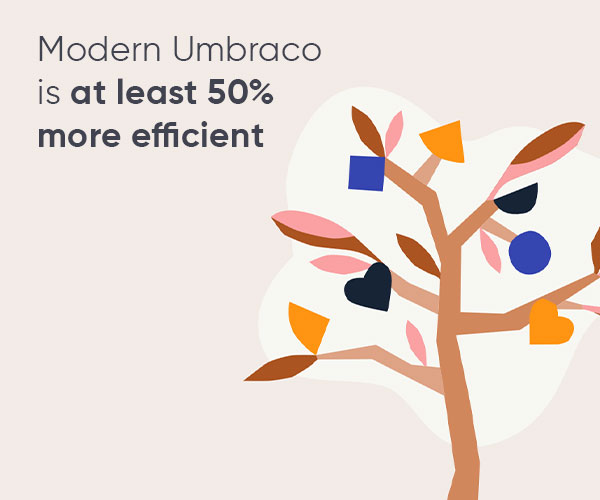Let's face it. The internet, made of virtual things and places, has an environmental impact as real as manufacturers or the transportation industry. According to different studies, the carbon footprint of our digital devices and the technology supporting them accounts for up to 4% of greenhouse emissions. As sustainability becomes an increasingly important factor in shaping the policy of digital companies, more environmentally friendly solutions become available. It may seem insignificant, but choosing the right ones affects the planet.
Measuring your website carbon footprint
While the term "carbon footprint" is often criticized as a tactic by industrial giants to shift climate responsibility onto consumers, it's essential to understand its significance. Especially if you're managing websites or applications with hundreds of thousands of users daily - or if you're considering building one.
Requests
Let's start with the basics. When someone visits your page, their device sends an HTTP request to the server, which uses electricity. Each interaction with the site counts as another request. The site's complexity and weight determine the number of requests sent and the energy consumed by the server and the user's device. So, the more complex the site, the more requests are made, leading to higher energy usage.
Hosting
Your website uses energy, not just when people interact with it and send requests. All the information it holds is stored in data centers that require electricity around the clock. Cooling down numerous servers and ensuring smooth data flow demands a massive amount of power. Moreover, these data centers release waste heat that can put a strain on ecosystems and worsen the urban heat island effect in their surroundings.
Making a green website means reducing the total amount of energy it needs to function. It doesn't mean your site or web app can't be complex; instead, it's about opting for better tools and techniques during development.
So, how can you make it better?
Green hosting
Green hosting providers are the ones who implement various practices to reduce energy consumption, such as using renewable energy sources, optimizing server efficiency, and investing in carbon offsetting initiatives. As you can imagine, the demand for these services has been steadily increasing as more and more companies want to demonstrate their commitment to sustainability.
Reducing file sizes
Power consumption rises as gigabytes of data flow between the server and your device. So, making your website slimmer will not only improve user experience but also benefit the environment. Don't worry; slimming down doesn't automatically mean sacrificing quality. For instance, you can change the image format to webp, supported by Kentico 13 in its latest update, significantly reducing their size while maintaining top-notch quality.
Code leanness
Writing efficient code with minimal and optimized instructions requires fewer server resources and processing power to run. The Microsoft .NET technology we specialize in is known for its robustness and scalability, making it suitable for large-scale enterprise websites and applications. It provides features like asynchronous programming and efficient memory management, which can handle heavy workloads more effectively than, let's say PHP. That makes .NET-based platforms like Umbraco perfect for developing large but sustainable sites.
Umbraco's initiative to reduce carbon footprint
The best thing you can do for the planet is upgrade to the new Umbraco version - joked the CTO at the last Codegarden conference. The fact is, however, that the company's recent pro-ecological activities are impressive. Reducing the carbon footprint is one of the most important elements of the development strategy of Umbraco, a system on which over a million websites operate.
→ Just a few months ago, the company released Impact Report documenting its journey towards carbon neutrality and plans to publish one every year.
→ They also started a new sustainability team that will work on best practices and evaluate the products regarding carbon efficiency.
→ Soon, a fresh dashboard will be launched in the Cloud Portal, allowing you to monitor CO2 emission reports for your websites and applications.
But, most importantly, thanks to Microsoft's dedication to attaining carbon neutrality (or even carbon negativity, according to the press releases), websites that have transitioned to the latest .NET versions of Umbraco have experienced a minimum of a 50 percent decrease in CO2 emissions.
Umbraco's dedication and choosing efficient code writing are great starting points for building cleaner websites. If you want to upgrade your site to the newer Umbraco version or build a new, highly optimized one from scratch, do not hesitate to schedule your free consultation with our expert.




